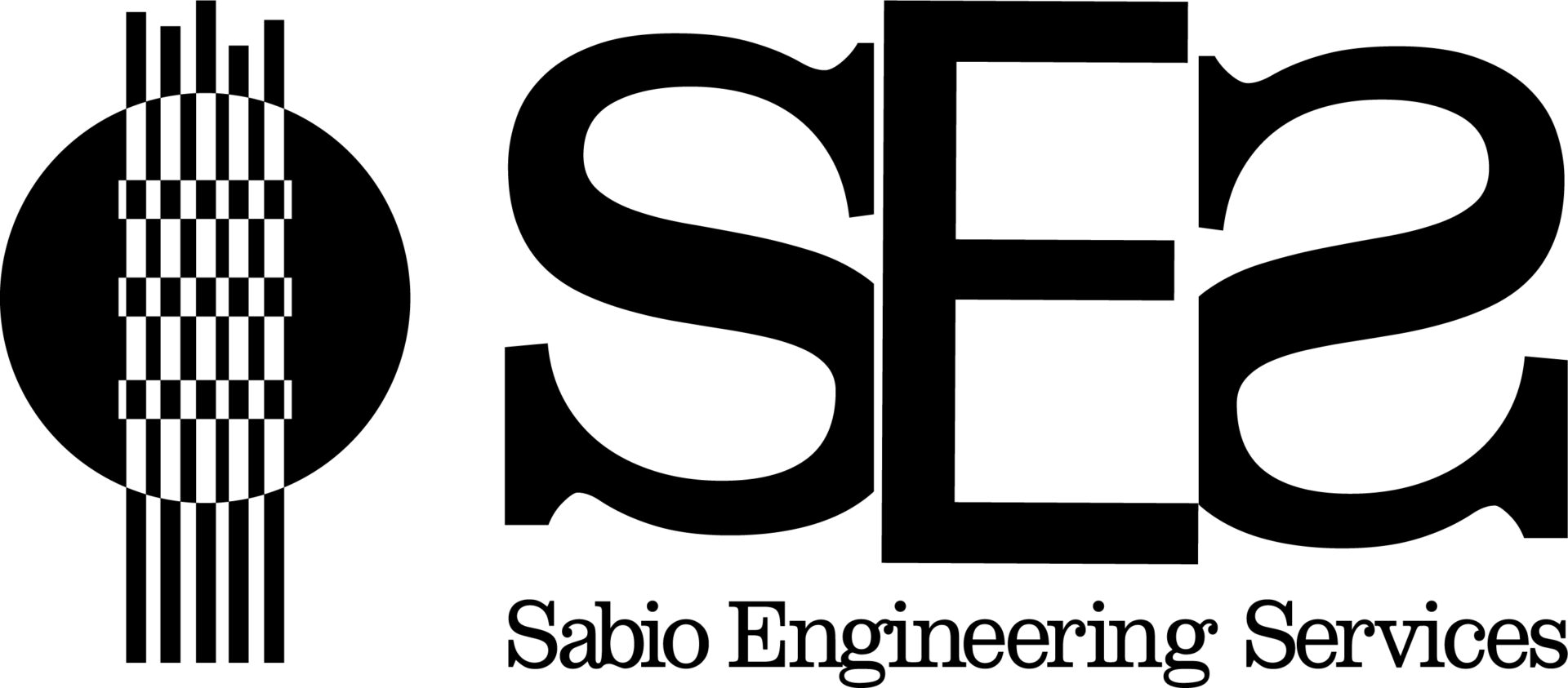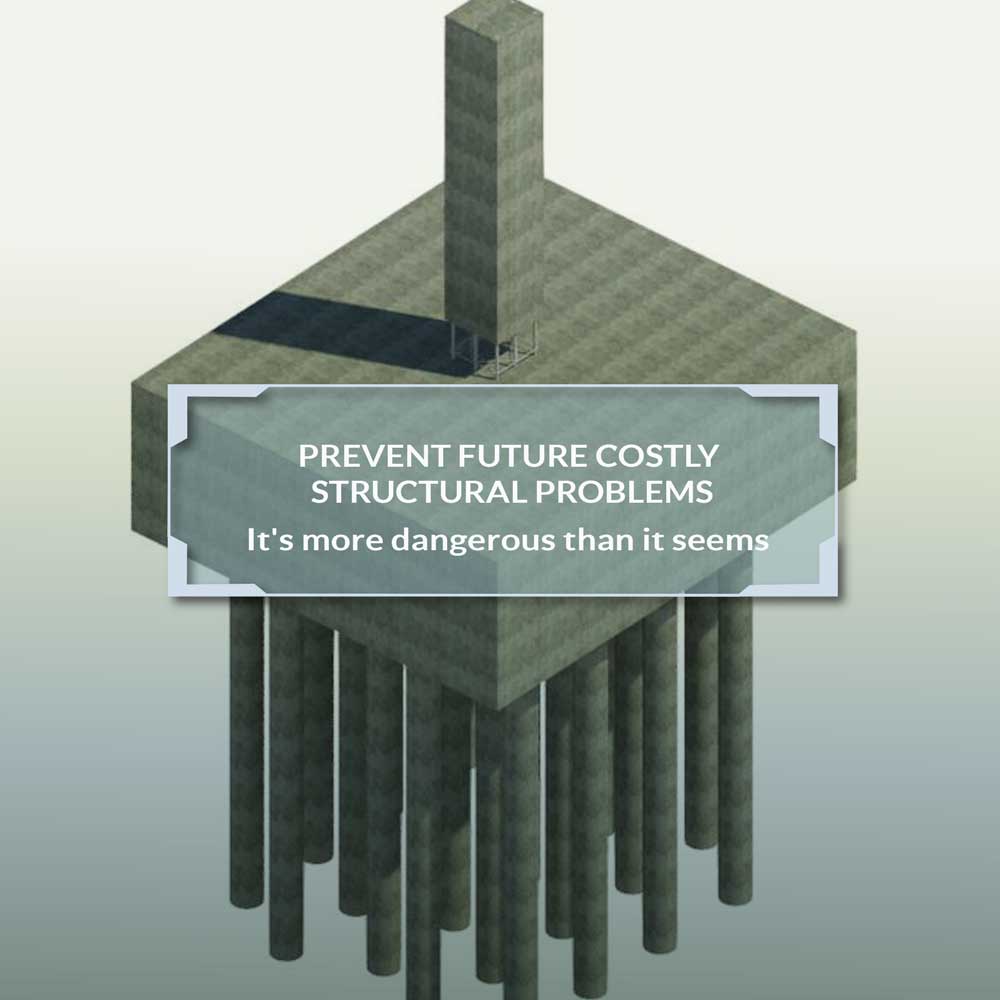Does your floor have a downward slope or random high spots? Does your floor have areas that squeak when weight is put on it? Do your tiles or concrete have cracks? That means its time to level the concrete floor.
One of the main reasons you may want to level concrete floor in time is that it will prevent future costly structural problems. With time, the extent of any damage will slowly worsen which means that any repair will turn costly. Accumulating water in the cracks of your uneven concrete is a big contributor to structural damage because of the excess moisture weakening the foundation.
Fixing uneven floors will also be best for your safety and those around you. Uneven floors can be a reason for painful falls.
One last, yet important reason for leveling your concrete floors is for visual appeal. Homeowners want their properties to look good, and uneven or cracked floors really hurts the way your home looks.
Why do concrete floors crack or become uneven?
One of the most common reason for cracks or uneven surfaces on concrete floors is excessive moisture because it reduces the strength of the concrete. Weak concrete is more prone to cracking which will result in uneven floor slabs.
A settling house over time also causes concrete to crack and become uneven. Settlement of a home means that the concrete slabs sink when the soil underneath them moves naturally and stops providing the right support. This is most common in structures like driveways, outdoor patios, sidewalks, garage floors, and any other structure that goes on top of soil.
When living in a place prone to freezing, the freezing-thawing cycle that occurs due to natural climate will also cause concrete to crack and become uneven. And lastly, if the concrete was not properly mixed and poured, the quality of the concrete will be weak and lack durability. This results in concrete that is easier to crack and shift.
Sometimes, the reason for uneven concrete floors might actually be a problem with the structural foundation of a home. Some signs that this might be the case are sinking concrete slabs, doors that are getting jammed, mold or rot in the crawl spaces of the home, and big spaces not previously there between the doors and the floor underneath them. If you do suspect that this might be the case, schedule an inspection with a structural engineer and have a professional assess your case.
How To Level Concrete Floor?
Leveling a concrete floor is not a DIY project that is recommended for inexperienced homeowners because it requires accuracy. If any part of the job is done incorrectly, it will cause big issues with your floor. Leveling a concrete floor requires a lot of preparation and fast work so that the process goes smoothly and well.
Before beginning to prepare, you should know how much concrete leveler you will need and how thick you will need or want the result to be. Once you know the answer to these questions, you will know how what materials you will need for your project.
The first step in the process is to clean your floors completely. You must remove any debris or chipped paint that exists on the floor. After cleaning the floor thoroughly, you should vacuum the floor to make sure that any dust remaining is removed. Any debris or dust left on the floor can result in imperfections in the result.
Once the floor has been cleaned, you should use a concrete filler and sealer to fill in any big cracks and holes that your floor may have. Follow the instructions on the specific material that you purchased to ensure the best results.
After all holes are filled and sealed, apply a primer on the floor following the instructions given on your specific product. This will seal the existing concrete and make sure that there are no air bubbles in the new concrete you will pour. It will also make sure that the self-leveling concrete sticks to the existing concrete floor with better results.
With a primed floor ready for the self-leveling concrete to be poured, you can now prepare the concrete by following the directions on your specific product. Make sure to follow the directions to perfection because any mistake can result in undesired outcomes.
Self-leveling concrete is a type of concrete that is very thick. This type of concrete simply needs to be poured and spread using a squeegee and the cement will level itself across your floor. After preparing the concrete, you will have less than 30 minutes to pour and spread the product, so make sure to work fast. Pay close attention to the drying time that your product needs.
Do you need some help with a concrete testing a structural services? we can help you, just calla now. +1 (929)-381-0030
sabioengineering.com


